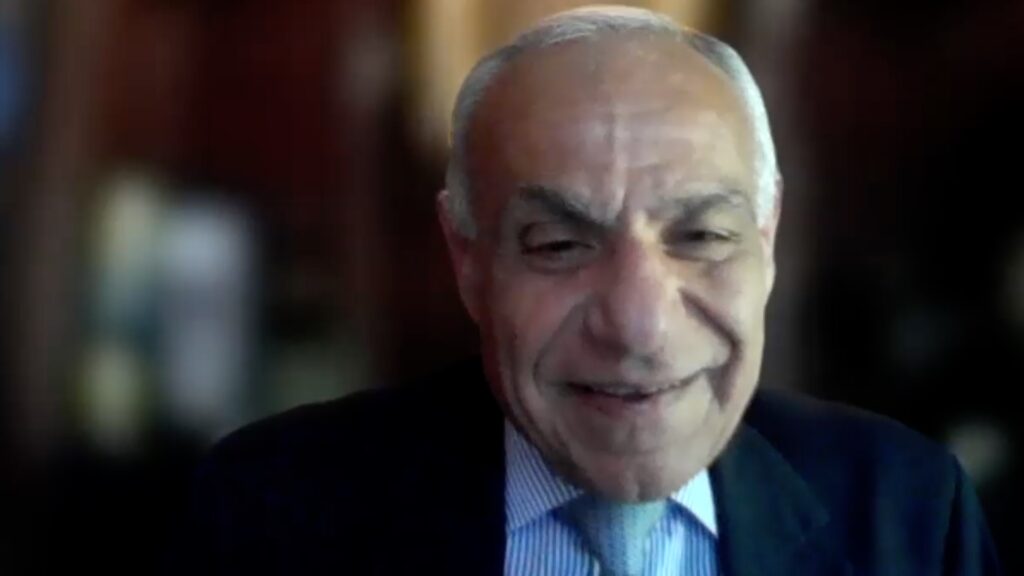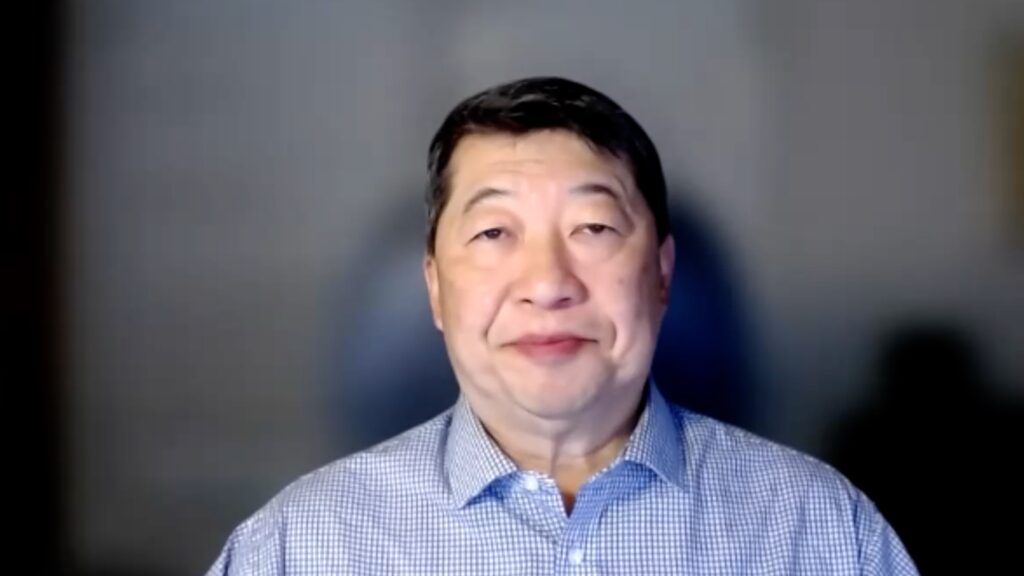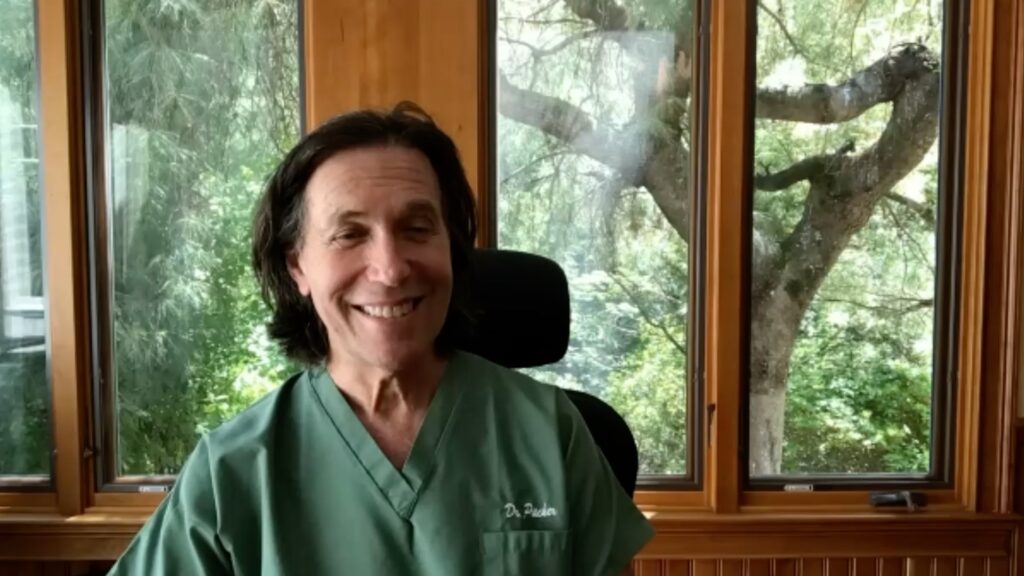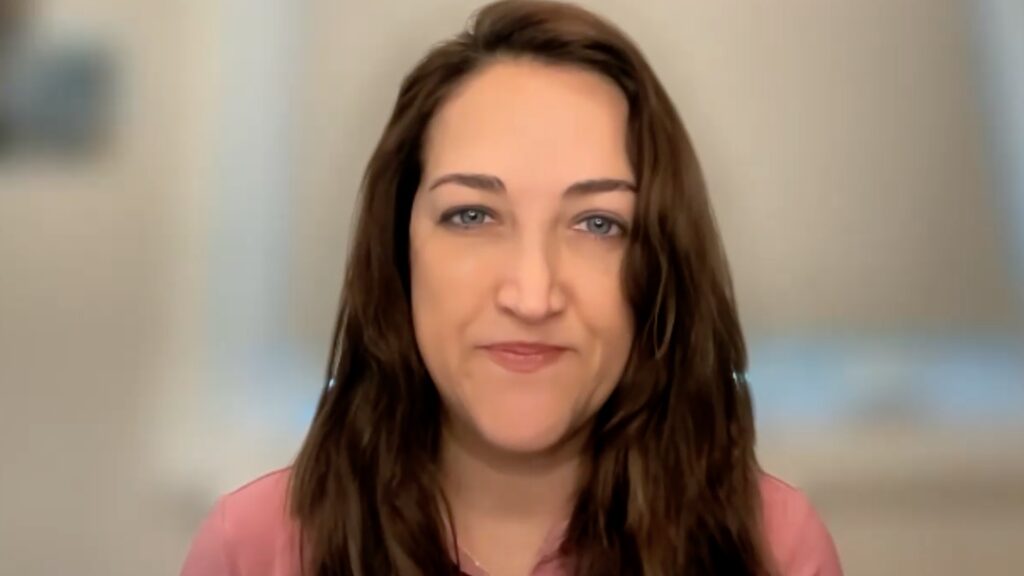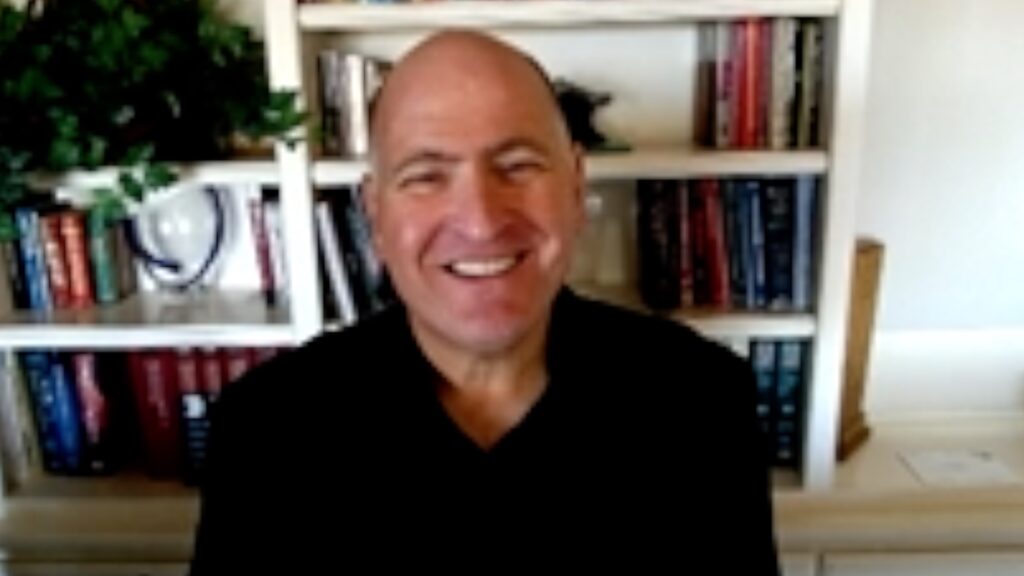Maximizing the potential for patient satisfaction, following cataract surgery, can be enhanced through the use of machine learning. Dr Mark Packer (Packer Research Associates, Inc., Boulder, CA, USA) talks to touchOPHTHALMOLOGY about the implications of artificial intelligence in gathering patient feedback and follow-up data.
The presentation entitled ‘Predicting Vision Outcomes in Cataract Surgery with Machine Learning’ was presented at the American Society of Cataract and Refractive Surgery, 5–8 May, 2023.
Questions:
- What are the benefits of artificial intelligence in terms of managing patient follow-up and aftercare? (0:58)
Disclosures: Mark Packer has nothing to disclose in relation to this video interview.
Support: Interview and filming supported by Touch Medical Media. Interview conducted by Lisa Glass.
Filmed as a highlight of ASCRS
Access more content on Cataract Surgery here
Transcript
I’m Mark Packer. I’m an ophthalmologist who works as a clinical consultant and medical expert for various members of our ophthalmic industry.
So, I was in private practice for many years up until about twenty twelve, worked as a principal investigator, key opinion leader, etcetera. During that time, publishing and speaking around the world. But over time, I became more and more involved in clinical research, and really enjoy doing that. And so, that’s primarily what I do now. I’m involved in clinical research projects.
Really all the world mostly anterior segment, but really extending from dry eye all the way to more recently retinal diseases.
What are the benefits of artificial intelligence in terms of managing patient follow-up and aftercare?
Well, I think one of the one of the things that could be a huge benefit is actually, you know, matching the right patient to the right lens, as I said, or the right procedure because we’re open to using this for any type of refractive procedure, who’s going to be happiest. And so, maximizing that potential is great and knowing, you know, this patient is not under any circumstance as a candidate. Patients just like this patient, you know, we’re uniformly dissatisfied with multifocal lenses, you know, and we’ve got the data to prove it. I mean, that would be a huge benefit if we could actually know that.
And that would also give surgeons more confidence in telling patients, look, patients just like you in my practice have done very with this ninety seven percent or whatever it is, say they’re satisfied or very satisfied. You can be in that group. I mean, that’s that’s a great benefit. The other part of it I think that could really help us is it’s been so challenging to get patient feedback.
You know, in the context of a clinical trial for a new lens, we always ask patients how satisfied they are. And there’s different ways that that question can be phrased. The question might be, would you recommend this to your mother or, you know, to a close friend?
You know, kind of thing or would you do it again? Would you have this procedure again? Knowing everything you know now, you know, you had it a year ago, here you are at the end of the clinical trial, would you do it all again?
And so, that’s helpful.
And the numbers usually are very good, right? So, we see like routinely ninety five percent satisfaction in these clinical trials. But there’s one key difference within the context of a clinical trial and in the commercial world. In the clinical trial, the patient is not paying out of pocket for these lenses, you know, So they can get a multifocal toric lens or a trifocal toric lens or whatever it is. Now, there’s some added inconvenience because they’re coming back to the office multiple times for all these visits as part of the study, but it really makes a difference if you have to pay for something yourself. It’s a huge difference. One of the big revelations I had in my career was the first time that we did a clinical trial of LASIC.
And because we wanted to have rapid enrollment, we said, look, you can enroll in this study. If you’re a candidate, Basically, what we want you to do is put down one thousand dollars sort of in escrow. And if you complete the study, which was a six month study, you get it back. And at this time, this was in the early days of LASIK, you know, the cost for LASIK was two thousand dollars to three thousand dollars an eye.
So, knowing that you were gonna just put down a thousand and get it all back, you know, we enrolled that in like two weeks. I mean, our receptionist could not get off the phone. So having to pay for something makes a difference, and it impacts how you feel, how satisfied you are about something? Do you resent it?
Do you feel ripped off? You know, that somehow you paid five thousand dollars an eye for this, and now you still need to wear reading glasses. I mean, that’s different from if you enroll in a clinical trial and you know it’s an investigational device and you know there’s a chance it might fail and nobody’s done this before. All of this just to say, these metrics of satisfaction that come out of clinical trials are probably inflated.
And in the real world it’s not that high. So, how can we get measures of patient satisfaction in the real world, you know, on a real time basis? And I think the best way to do that is by providing patients with an act that they can use on their smartphone, where they just, you know, at any time of the day, how are you, it pops up with a little message How are you feeling about your vision right now? You know, how many stars do you give it?
Very simple. It’s like it’s like rating an Uber writer or a restaurant or whatever.
And I think that will really help us. And then that feedback can be integrated into the machine learning algorithm and fed back to help us ultimately with our patient selection.
Subtitles and transcript are autogenerated



